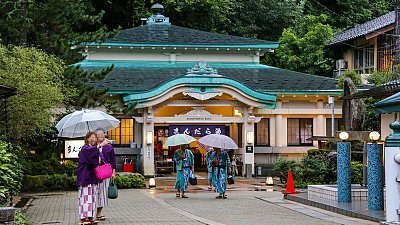Episodes from Japanese History - The Fall of Osaka Castle

In the first years of the 17th century, the great warlord Tokugawa Ieyasu was so secure in his position as overlord of Japan that he had retired as shogun to rule from behind the scenes. In his long career as a military leader, his name had become synonymous with patience and cunning. Steadily gaining in power as an ally of Japan's former preeminent warlord Toyotomi Hideyoshi, Ieyasu had dominated then supplanted the Toyotomi family after his death. Despite Ieyasu's control over the country as a whole however, his position was not invulnerable, and his attention now fell on Hideyori, the young son of his former ally.
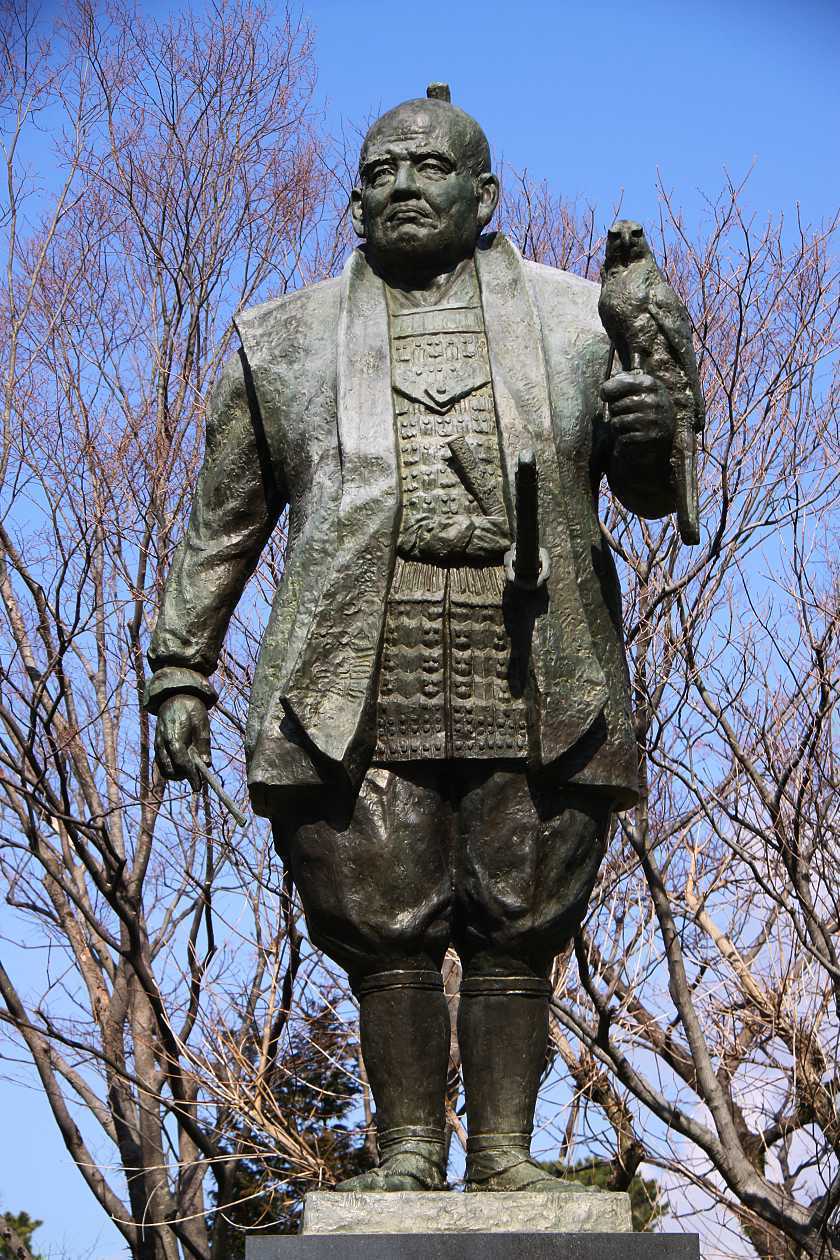
Heir to a feudal domain centred on the rich trading centre of Osaka, Hideyori was not only well defended but incredibly rich, while the Toyotomi name gave him the potential to become a lightning rod for unrest stirred by Ieyasu's remaking of the political order. Crucially, Ieyasu was aproaching 70 and his own son Hidetada, though a capable general, could not be relied upon to hold together his network of alliances in the face of a major threat. If his family was to endure as a dynasty, it would fall to him to secure it in the present.

Perhaps out of loyalty to the memory of Hideyoshi, intermediaries attempted to mollify Ieyasu by describing the young man as weak and effeminite, but Ieyasu instantly saw through the deception when they met face to face in 1611 at Nijo Castle - Hideyori, then 24, was intelligent, capable and could not be trusted.
Ieyasu soon found the pretext he was looking for in a celebratory inscription on a great bell forged for Hokoji Temple in Kyoto, which he claimed glorified the Toyotomi family over his own. Matters quickly escalated, as Ieyasu continued to spread rumours of treasonous behaviour while rebuffing an offer of hostages. When Ieyasu demanded that the Toyotomi surrender Osaka in return for a more modest fief elsewhere, Hideyori responded that Osaka would be his tomb.
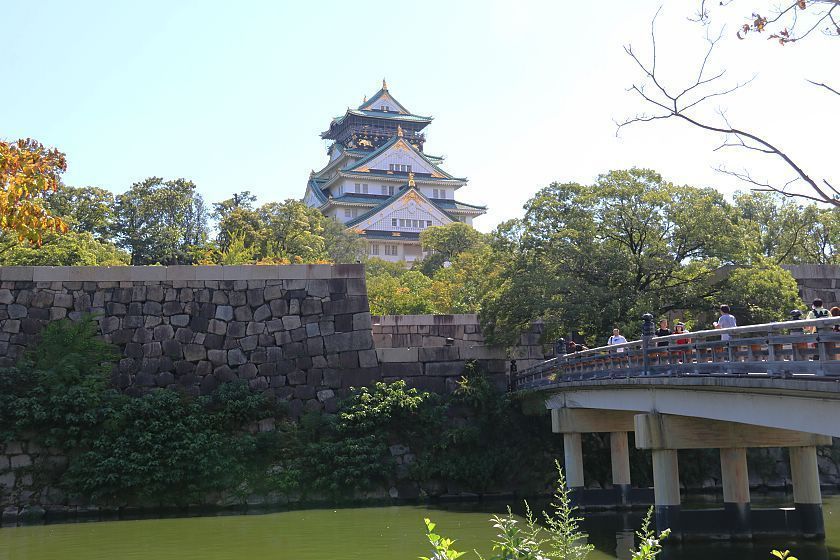
Today, visitors to Osaka Castle can still see the impressive inner walls rising 30 meters from a deep moat, as well as a concrete reconstruction of the tenshukaku or central keep. In fact, this is barely a fraction of the original defensive structures that once formed a circumference of close to nine miles. Beyond the walls, a grid of rivers, canals and rice paddies formed a further natural barrier. Built and furnished by Hideyoshi at the height of his power, the castle was as lavish as it was apparently impregnable, with gilded roofs, elaborate fittings and extensive private apartments.
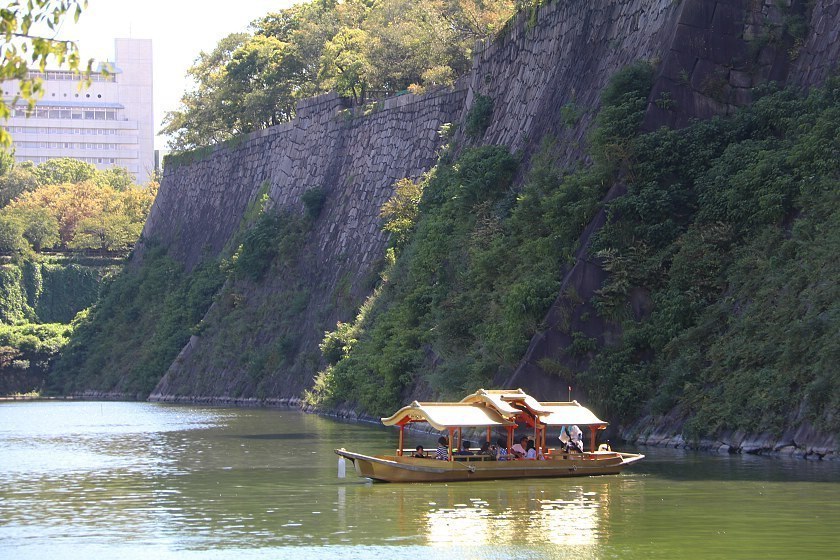
When Ieyasu finally came in November of 1614 it was with a force of around 200,000, while Hideyori, bolstered by disenfranchised feudal lords and a large number of ronin (among them a young Miyamoto Musashi) had around half that number. Fighting began at the mouth of the Kizu River, where attackers made the crossing under a hail of gunfire and stormed a key oupost, blocking off supplies to the defenders. Over a period of weeks, Ieyasu continued to prize away the outer defenses but failed to breach the inner walls.
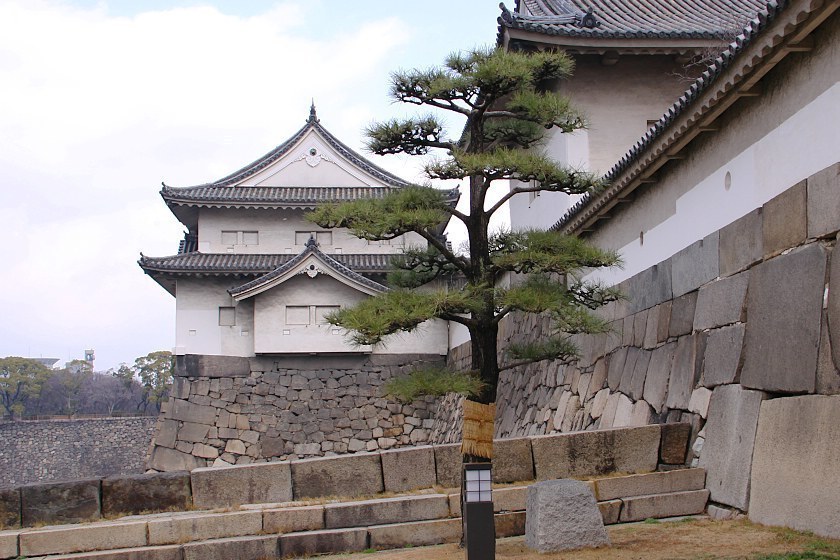
With time against him, Ieyasu switched to a two-pronged strategy relying on psychology and superior firepower. Convinced that Hideyori's own family would provide the weak point he needed, he maintained a steady stream of cajoling letters while directly targeting the young lord's apartments with cannon fire. Exhausted and demoralised, Hideyori eventully surrendered in return for favourable terms, guaranteeing his safety and income, but could only watch on helplessly as Ieyasu's troops piled rubble into the defensive moats.

Neither side could have expected the peace to last, and in the summer of 1615 Ieyasu received word that Hideyori had begun to clear the moats and was actively recruiting more ronin to his cause. Wasting no time, Ieyasu mustered a force of 155,000 and marched them to Osaka. With the castle's defenses much reduced, the defenders had no choice but to fight in the open and set out to meet the enemy at Sumiyoshi to the south. As fighting began, a series of blunders and miscommunications on both sides turned the tide back and forth until, fatally weakened by a mistimed charge, Hideyori's most senior commander was killed and a bloody rout ensued. Pinned inside the castle with no time to mount a defence, Hideyori committe suicide as fire quickly spread amongst the wooden buildings.
In the aftermath of the battle, Ieyasu ordered the execution of Hideyori's eight-year-old son, ending the Toyotomi line forever. Ieyasu himself died just a year later, but the Tokugawa dynasty would endure for another two and a half centuries. In the peace that followed, many castles were demolished due to new laws limiting each province to one castle each, while those that remained served more as status symbols than important strategic centres.



